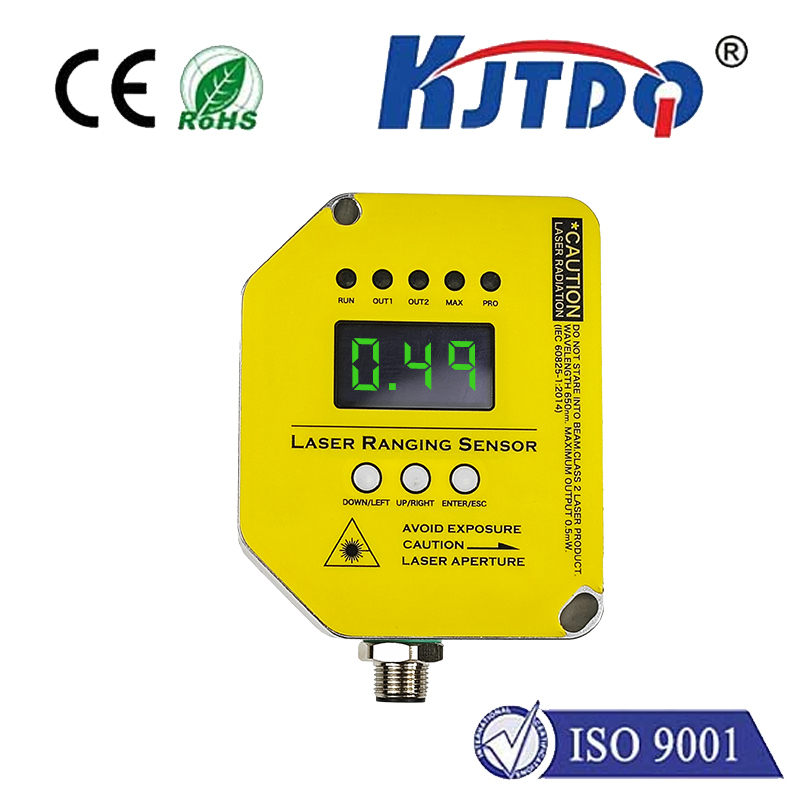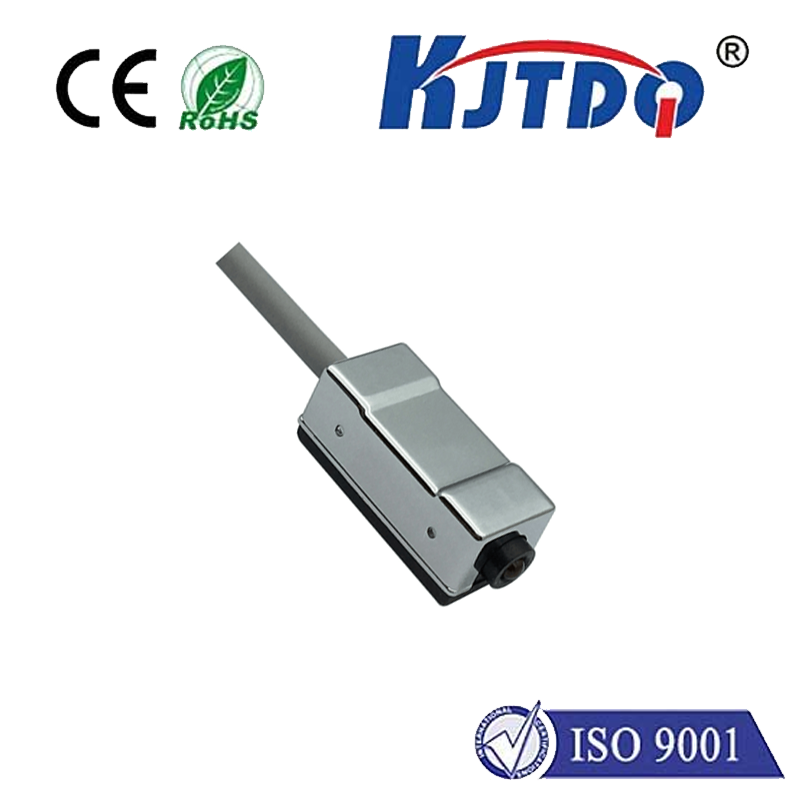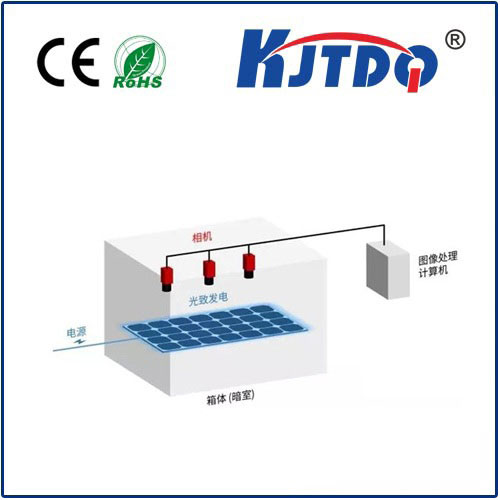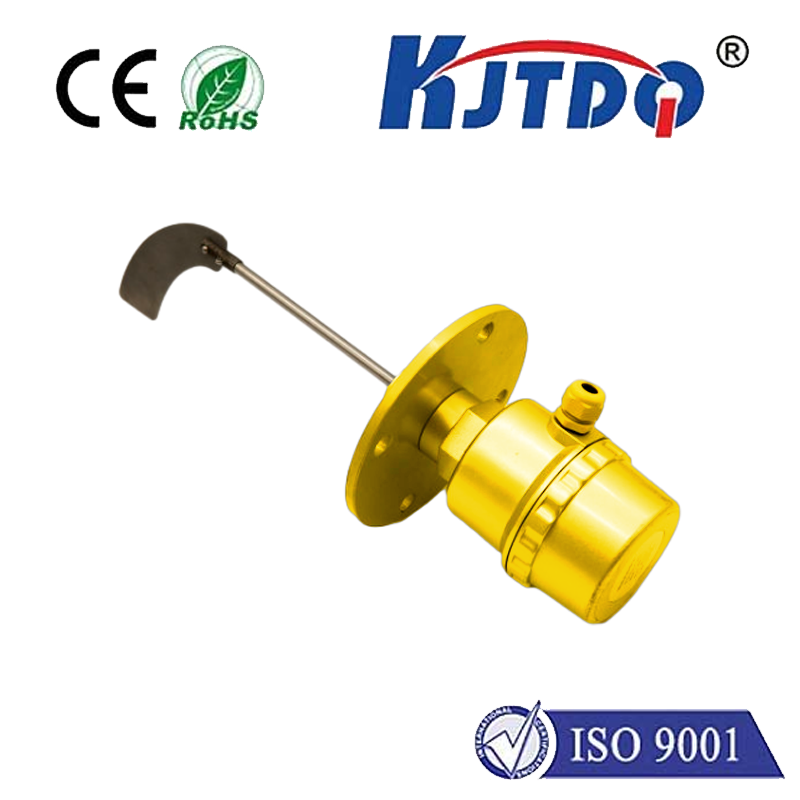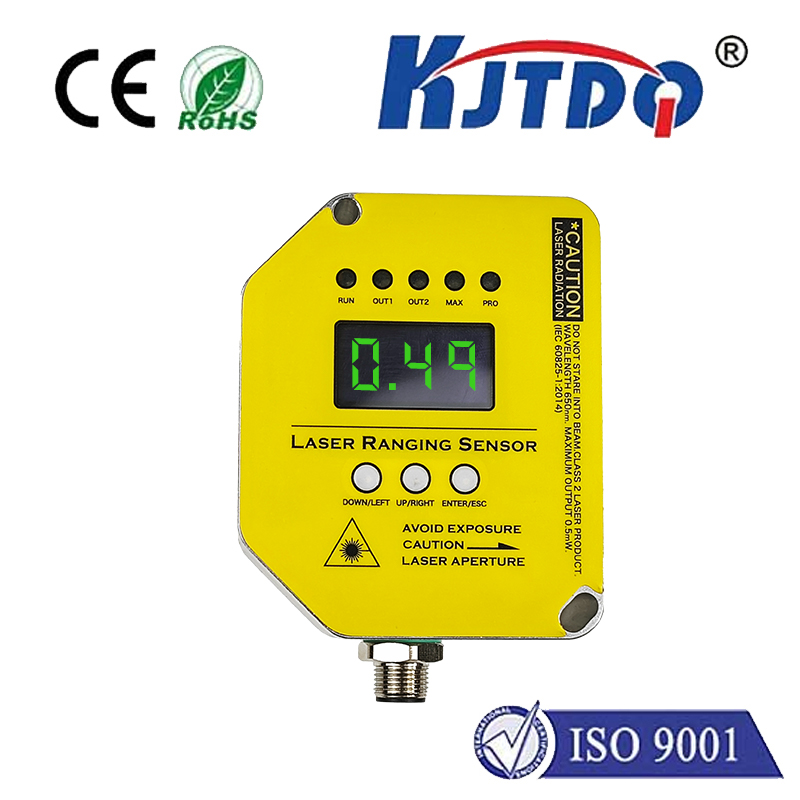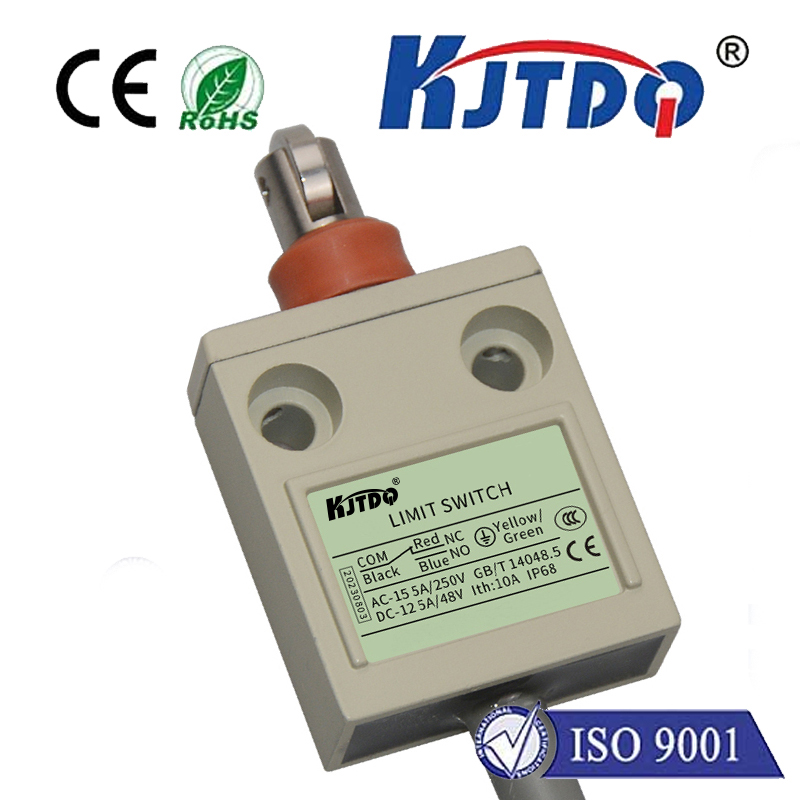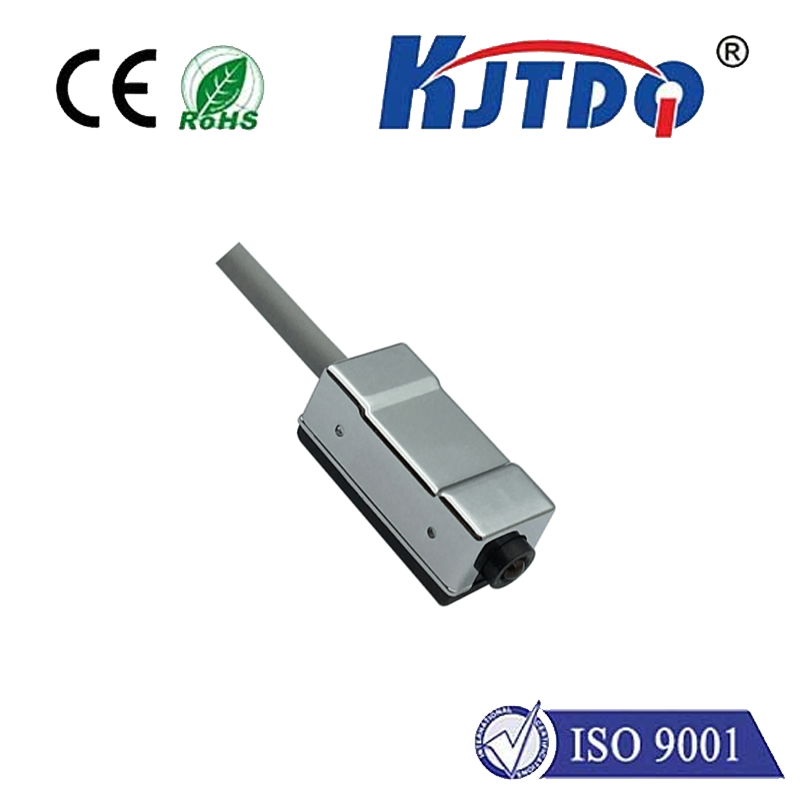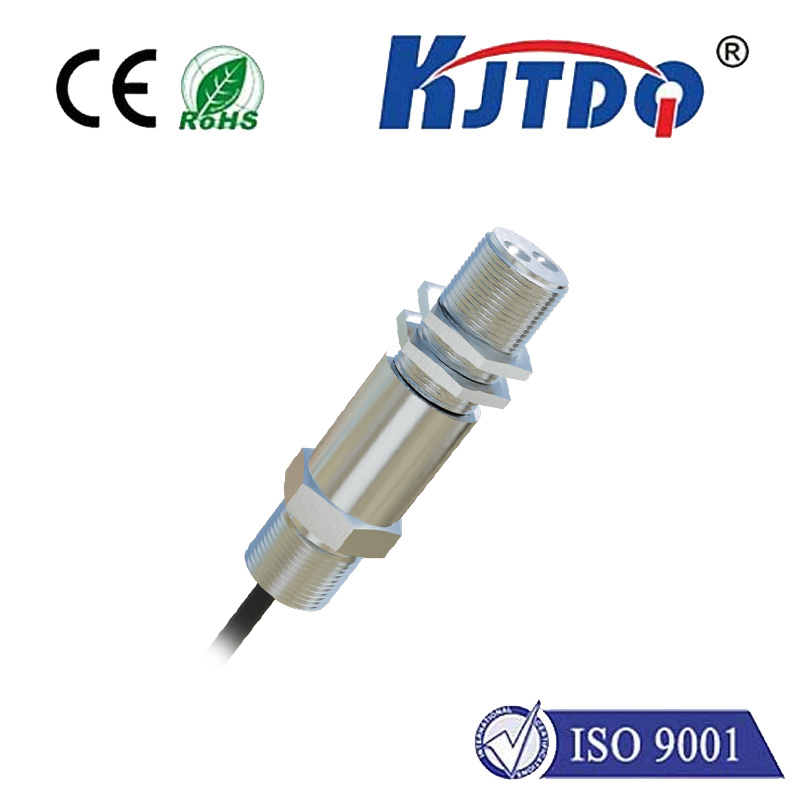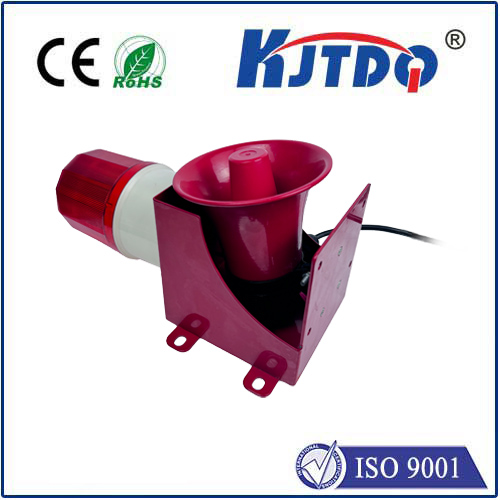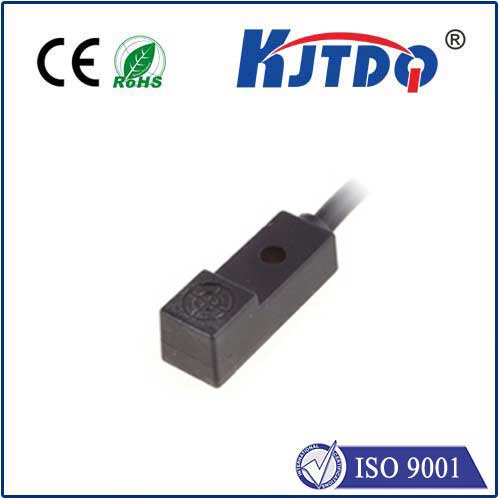
check

check

check

check
Automation Limit Switches: Enhancing Efficiency and Safety in Industrial Operations
The advent of automation technology has revolutionized the industrial sector, improving efficiency, productivity, and safety. One essential component of automated systems is the limit switch, which plays a critical role in ensuring precise control and monitoring of machinery and equipment. This article will explore the significance of automation limit switches in enhancing industrial operations.

Firstly, it is crucial to understand what an automation limit switch is. A limit switch is an electromechanical device that detects the presence or absence of an object, thereby triggering a signal when a machine or system reaches a predefined position or limit. In other words, it acts as a sensor that monitors the movement or position of machinery components and sends feedback to the control system.
Automation limit switches are widely used in various industrial applications, including manufacturing, packaging, material handling, and conveying systems. They are designed to provide accurate and reliable feedback to the control system, allowing for precise positioning and speed control of machinery components. By doing so, they help to optimize production processes, reduce downtime, and improve overall efficiency.
One of the significant benefits of using automation limit switches is their ability to enhance safety in industrial environments. They can be programmed to shut down machinery automatically when it reaches a specific limit or encounters any abnormal condition. This feature helps to prevent accidents caused by mechanical failures or operator errors. Additionally, limit switches can be integrated with safety interlocks to ensure that machinery remains secure even during maintenance or repair work.
Another advantage of automation limit switches is their versatility. They can be customized to meet the specific requirements of different applications. For example, they can be designed to operate in harsh environments, such as high temperatures or corrosive atmospheres. Moreover, they can be configured to work with various types of control systems, including programmable logic controllers (PLCs), relay controls, and computer-based systems.
In conclusion, automation limit switches play a vital role in enhancing efficiency and safety in industrial operations. They provide accurate feedback to the control system, enabling precise positioning and speed control of machinery components. Furthermore, they offer enhanced safety features and customizable options to suit different applications. As the demand for automation continues to grow, limit switches will remain an essential component in driving productivity and innovation in the industrial sector.
